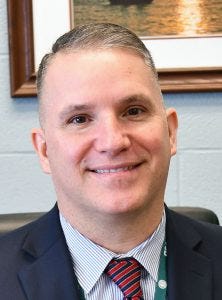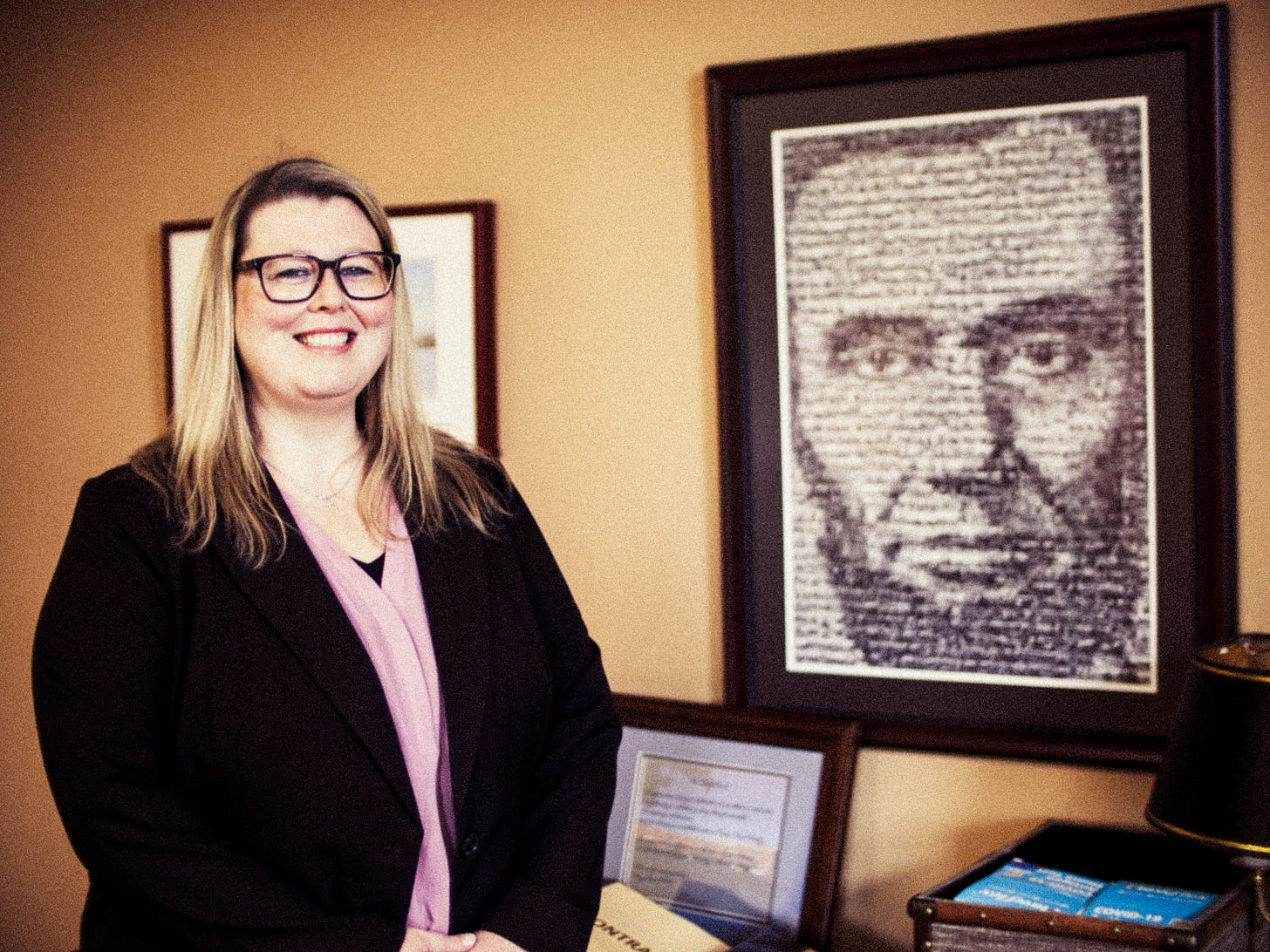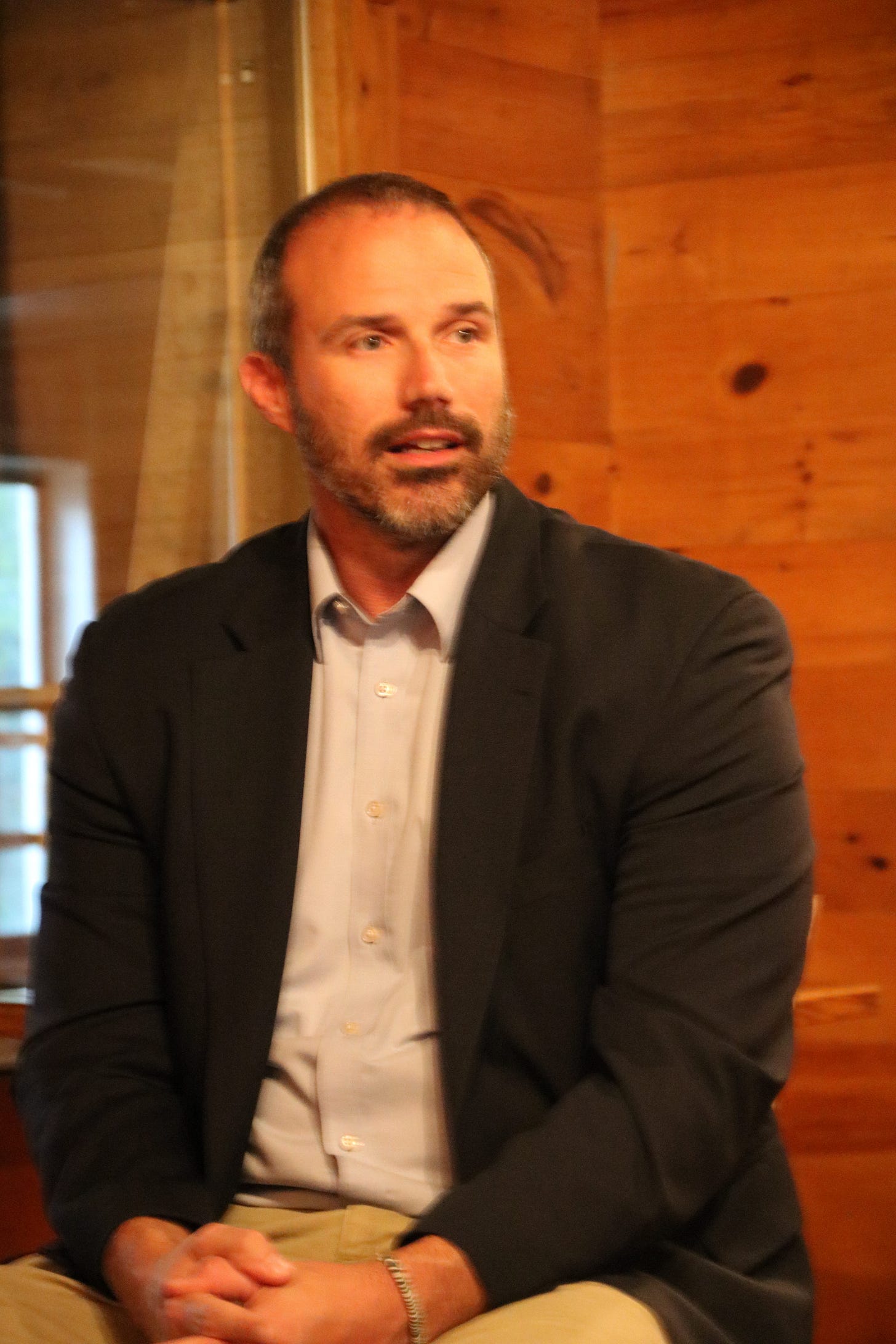Learning to Evaluate News in Local Schools--or Not
Local school administrators explain how students are taught to appraise news.
A recent conversation I had with a local elected official sparked the realization that launched this story. We were discussing a national issue when he made an assertion that I knew many experts had found to be wrong, as it contradicted logic and recent history. So I asked him where he got his information, what his news sources were. He said he got his news online. What online sources? I asked. He said he didn’t know. He didn’t seem to distinguish between propaganda and journalism that probes to ensure accuracy.
The official had some college education but, given his major, probably not requiring scrutiny of information sources. Depending on college education to prepare people to evaluate their information sources would have limited value anyway. As of the 2022 census, 37.7% of Americans 25 or older had college degrees. Meanwhile, in 2022, the U.S. high school graduation rate was 87%.
Consequently, the time to teach people how to evaluate online information is in high school and earlier. Otherwise, the result is that voters too often make local, state and national choices based on propaganda that proliferates online and shows up in texts, inboxes and mass mailings.
However, few states require news literacy education, according to a study done by the News Literacy Project, based in Washington and founded by Alan Miller, a Pulitzer winning Los Angeles Times reporter.
According to the NLP website, “Now, while 19 states have taken some legislative action to elevate K-12 media literacy education, only eight states require that media literacy instruction be included in at least some K-12 classrooms (McNeill, 2024). We further analyzed the language of each of these legislative actions and found that, of those 19 states, as few as nine have included language in their media literacy legislation that is inclusive of news literacy. As of now, just three of those nine states (Connecticut, Illinois and New Jersey) explicitly require that news literacy instruction be included in at least some classrooms, and in one of those three states (Connecticut) the requirement goes into effect in 2025.”
As part of a series of stories looking at schools’ preparation of students for civic participation, I contacted administrators in four local school districts to determine what they do to promote media literacy, to prepare students to evaluate information they encounter about issues and candidates. Two administrators declined to discuss the issue. One of those was Minisink Valley Assistant Superintendent for Curriculum and Instruction Christian Ranaudo, who responded with a statement.

He wrote: “While we currently have no elective academic coursework tied directly to media literacy, our faculty, particularly on the secondary level, and when appropriate to do so, remain committed to healthy and robust discussions about analyzing and scrutinizing the validity of news, current events or any similar content that students may find on social media outlets and in mainstream and specialized news sources.
“In particular, we are keenly aware of the undue influences of social media as it relates to students’ social and emotional health and behaviors. As part of this and as part of our ongoing commitment to digital citizenry, we routinely have age-appropriate discussions with our students about proper use of social media, which includes giving serious thought to vetting the validity of all sources of subscribed information and news.”
Port Jervis School District Superintendent John Bell wrote in an email, “That isn't something that is in my wheelhouse. Media literacy is important but I don't have a deep depth of experience with it. Dr. Nicole Cosentino, asst. supt. at DV, and DVHS assistant principal Jessica Hubal might be able to help you. They have been working with a company called Learnics out of the Lehigh Valley on media literacy. We are just starting to use Learnics here in Port so we can better educate our students on doing effective searches of quality websites.”
Learnics offers a software program that assists in documenting sources. The Learnics source documentation includes how much time the student spent with the source.
In an interview, Delaware Valley School District Superintendent Dr. Brian Blaum summarized the district’s secondary level offerings in social studies. Beginning in seventh grade, students are taught about U.S. history, government and economics. As juniors, courses cover local, state and federal government and voting. As seniors, the curriculum introduces various issues with different perspectives, giving students information to determine their own beliefs.
“Only Advanced Placement U.S. History, which is college level, covers critical thinking skills, where they critique news stories,” Blaum said. “On the regular track, a graduation requirement, they get the basics, learning to fact check and look at different ways to interpret issues. In AP they learn to differentiate sources.”

Meanwhile, at Warwick Valley School District, Meghan McGourty, Assistant Superintendent of Instruction, said that the librarian media specialists teach students the CRAAP Method, an aconym for currency, relevance, authority, accuracy and purpose, designed in 2004 by librarian Sarah Blakeslee at the Meriam Library at California State University, Chico.
“Students need to know where information is coming from,” said McGourty.
With the CRAAP method, students consider whether the information presented is current, relevant to their topic, and the presenter has identifiable expertise in the subject, whether their method of attaining information is reliable for accuracy and what the purpose of the information is.
“For the journalism program, students analyze sources—where they’re from, whether their influences are reliable. Students consider whether the language is neutral, what they see in the story, what they think and why,” McGourty said. “The media specialist provides access to academic, peer reviewed, properly vetted sources. The purpose is to teach kids to think critically and evaluate information to make decisions. Kids use science research in their reports.”
She noted that Warwick is one of few districts that requires eighth grade students to do Capstone projects. The projects usually begin with the student’s interest and involve research, media literacy, problem-solving and a presentation. Students address very local concerns—what they encounter in school. Some examples of student topics have included privacy, cleanliness, food choices, dropoff protocol, bathroom improvement, class length and school start times.
One Warwick father expressed doubt about the value of the CRAAP method after watching his teen daughter become overwhelmed by the values expressed in social media and shared by her peers. With the Trump administration’s threat to cut school district funding if “DEI” ideas are expressed, teachers are afraid to discuss some issues, the father said.
The News Literacy Project has devised a course that teaches students to distinguish propaganda, conspiracy theories and other baseless media disguised as news from factually grounded news.
“In our eyes, only nine states require news literacy,” said Christina Veiga, senior director of media relations for the News Literacy Project. “But the good news is that more states are recognizing the priority of having those skills. New York and Pennsylvania have legislation pending proposing media literacy.”
NLP provided $20,000 to North Salem School District in central New York State to work with them on developing a plan, Veiga said. “An explosion of misinformation on social media led them to realize the need. Students need to be taught,” she said. “They don’t know. Students should learn before they graduate to be able to engage in civic life.”
NLP offers a free e-learning platform with 20 lessons led by an expert, in which students watch short videos about material pulled from real life, and students answer questions to evaluate the material for bias, misinformation and conspiracy theories. Studies of course effects have found significant (18-27%) increase from pre-assessment in numbers of students who recognize when a social media post is not credible.
“We teach techniques to resist falling for conspiracy theories and unfounded claims, why they spread and why people fall for them, what goes into credible journalism and fact checking,” said Veiga. “We work with red, blue and purple districts across the country. Educators from all 50 states work with us in all kinds of places to make sure kids can think for themselves. Some win awards for their creative and effective use of the material, as did librarian Lindsay Downs at Sewickley Academy in Sewickyley, Pennsylvania, recognized for her work, for example, with students doing climate change projects, helping them sort out fact-based information from the rest.
Community focused news can only succeed with community support. Please consider the various subscription levels.



Educator and artist Moholy-Nagy wrote in 1936 when fascism was taking over Germany: “The illiterates of the future will be ignorant of the use of camera and pen alike." Today, the "illiterate" of the future will be those who cannot distinguish truth from fiction - in words and images. As more and more young people have their eyes on social media, the schools must teach media literacy.
What narcissistic, self serving crap. Every fact the Left hates is "debunked" by their "experts". Every source you like is a god-given authority, when in point of fact, you people believe the most baseless, laughable nonsense.